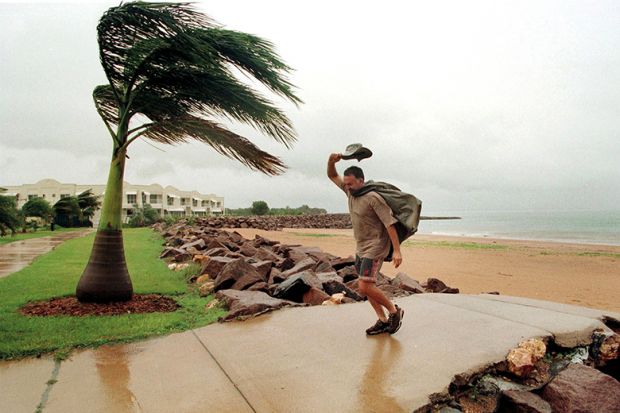Seven Australian universities have attracted red flags over their financial position in a report from the country’s higher education regulator.
And the number of universities receiving unfavourable graduate satisfaction ratings has almost quadrupled in the past two years, according to the “Key risk findings” report published by the Tertiary Education Quality and Standards Agency (TEQSA).
While declaring the higher education sector to be in good health overall, the report – the first of its type – has highlighted areas of concern. Small commercial and non-profit colleges generally outperform universities on graduate outcomes and staff-to-student ratios.
And a deterioration in the sector’s finances has infected universities, one of which has been judged to be in a “high risk financial position” for at least the past two years.
TEQSA would not identify the institution or say how long the negative rating had been in place. However, the number of universities deemed to be at “moderate” financial risk doubled last year to six.
The assessments reflect a declining trend across the broader higher education sector, with 41 per cent of universities and colleges deemed to be at moderate or high financial risk last year – up from 24 per cent in 2014 – while the number of institutions receiving the worst rating for financial sustainability rose from one to nine.
TEQSA said the ratings were mainly a result of inadequate investment in staffing and a “heavy reliance on a single revenue source”. Both issues affect providers’ “capacity to support longer term operating endurance”, the report says.
In an earlier report released last August, TEQSA warned of excessive financial reliance on international students at both private colleges and universities. It said the sector had become too dependent on business and commerce students, particularly from China.
The new report says that although high-risk findings do not necessarily trigger regulatory action, they “should prompt early discussions…about emergent issues”.
Unfavourable assessments “indicate where TEQSA may require more reassurance that a higher education provider will continue to meet the standards”, chief executive Anthony McClaran said.
The report says that while financial risk in the sector has been trending upwards, the “risk to students” – as indicated by measures such as attrition and completion rates, graduate destinations and student-to-staff ratios – has improved sharply after several years of decline.
The number of providers deemed high risk to students halved from 41 in 2017 to 21 in 2018, with TEQSA crediting improved performance as well as more reliable data. Most of the high-risk providers were for-profit colleges.
Universities generally attracted lower risk ratings than non-profit colleges, which in turn did better than for-profit providers. Universities mostly performed well on attrition, completion and progress rates.
However, private colleges’ performance against these measures was extremely variable. While some managed progress rates of only 50 per cent, others achieved 100 per cent – meaning all their students had passed all their subjects.
And private colleges – both commercial and non-profit – convincingly outperformed universities on graduate satisfaction, with most universities achieving rates at or below the sector average of 83 per cent. The percentage of universities rated “moderate risk” for graduate satisfaction snowballed from 12 per cent in 2016 to 41 per cent in 2018.
Universities also had a median student-to-staff ratio of about 20 to 1, compared with 13 to 1 at non-profit and vocational colleges.
Register to continue
Why register?
- Registration is free and only takes a moment
- Once registered, you can read 3 articles a month
- Sign up for our newsletter
Subscribe
Or subscribe for unlimited access to:
- Unlimited access to news, views, insights & reviews
- Digital editions
- Digital access to THE’s university and college rankings analysis
Already registered or a current subscriber? Login








